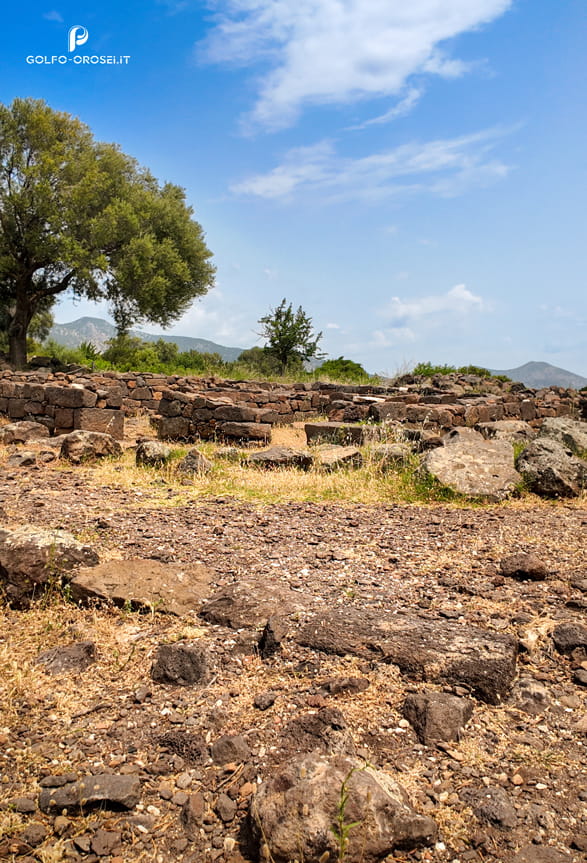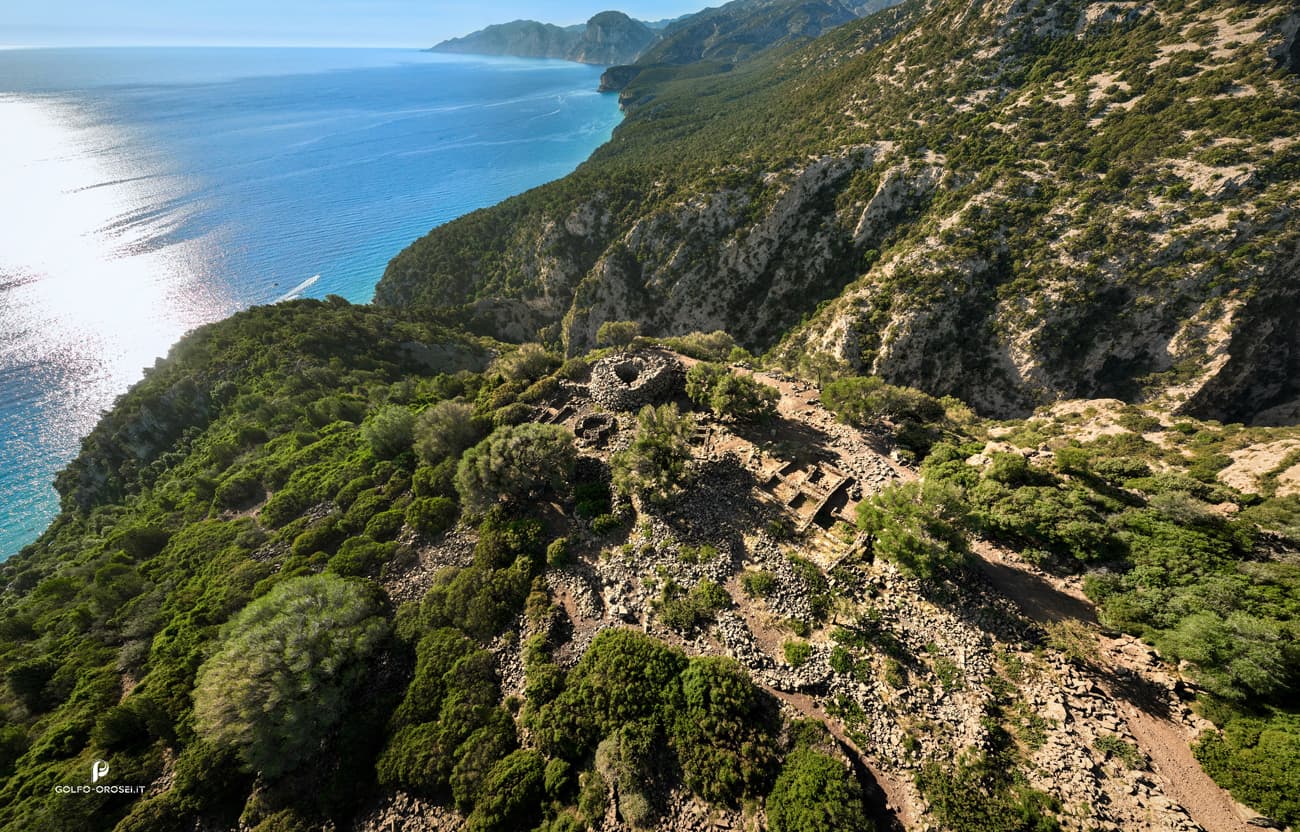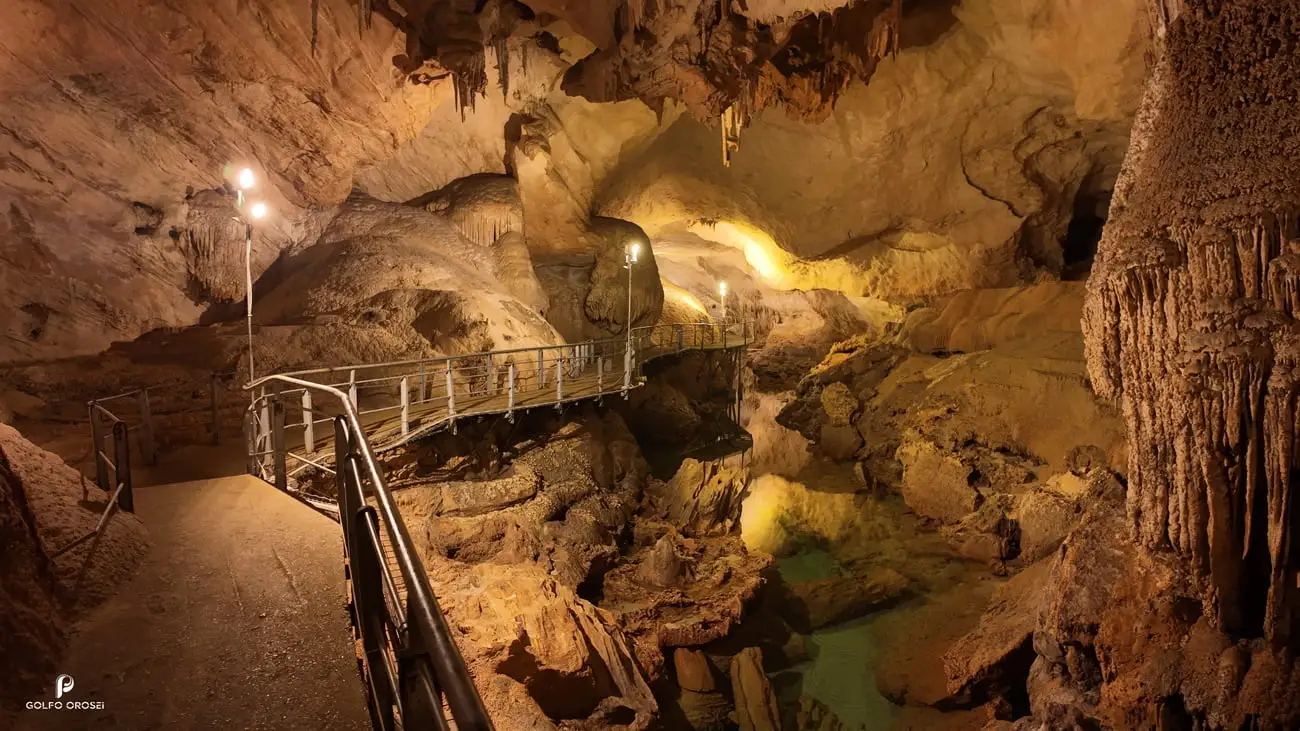
Use your mouse or touchscreen to explore the 360° panoramic views
An immersive and evocative visual experience that embraces the entire panorama.



Find out easily up-to-date weather information for the most visited cities.


Use your mouse or touchscreen to explore the 360° panoramic views
An immersive and evocative visual experience that embraces the entire panorama.



Find out easily up-to-date weather information for the most visited cities.


Explore the various sights of the Gulf of Orosei before your visit.
 IT
IT
Nuraghe Mannu is a remarkable testament to Sardinia’s ancient Nuragic civilization. Set on a scenic hilltop near Cala Gonone, it offers captivating history, stunning architecture and panoramic views of the Gulf of Orosei. This unique site combines heritage, nature and timeless beauty for an unforgettable experience.
Check the  weather forecast and choose the day that suits you best.
weather forecast and choose the day that suits you best.
Nestled on a hilltop near Cala Gonone, Nuraghe Mannu is an awe-inspiring archaeological site that showcases the ingenuity of Sardinia’s ancient Nuragic civilization. This site stands out for its dramatic location, offering sweeping views of the Gulf of Orosei and the surrounding rugged landscapes. The Nuraghe Mannu is more than just a historical monument - it is a bridge to a mysterious past, inviting visitors to step back in time and marvel at the architectural prowess and cultural significance of a society that flourished over three thousand years ago.
The Nuragic civilization, which thrived in Sardinia between 1800 and 500 BC, left behind thousands of nuraghi scattered across the island. These tower-like structures served various purposes, from defensive strongholds to ceremonial centers and community hubs. Nuraghe Mannu, whose name means “the big nuraghe,” is believed to date back to the Bronze Age. Its size and strategic location suggest it may have been a key settlement in its time, providing a vantage point to monitor nearby territories and coastal access points.
Excavations around the site have revealed fascinating artifacts, including pottery and tools, that provide insights into the daily lives and trade networks of the Nuragic people. These findings illustrate their advanced skills in construction, agriculture and navigation. The Nuraghe Mannu stands as a testament to their ingenuity and their deep connection to the land and sea.
A visit to Nuraghe Mannu is a journey of discovery, where ancient history and natural beauty intertwine. The central tower or “nuraghe,” is the focal point of the site. Although weathered by centuries of exposure, the massive stone construction still evokes awe with its sophisticated design. The base is composed of huge, interlocking basalt stones, skillfully arranged without the use of mortar, demonstrating the advanced engineering skills of the Nuragic people.
Surrounding the main tower are the remains of a settlement that once housed its inhabitants. Visitors can explore fragments of circular stone huts, storage areas and communal spaces, all providing a glimpse into life during the Bronze Age. Walking among these ruins, it is easy to imagine the bustling activity of a thriving ancient community.
One of the most remarkable aspects of Nuraghe Mannu is its breathtaking setting. From the hilltop, visitors are treated to panoramic views of the Gulf of Orosei, with its azure waters and dramatic cliffs. The view alone is worth the visit and adds a meditative quality to the experience. The surrounding wilderness is dotted with Mediterranean flora, creating a tranquil atmosphere that perfectly complements the historical exploration.
Reaching Nuraghe Mannu is relatively straightforward, with various options depending on your starting point. If you are in Cala Gonone, the site is just a short drive away, with well-marked signs guiding you to the entrance. From Dorgali, it is an equally convenient route, taking you through scenic landscapes before arriving at the site.
enthusiasts, there are trails that lead to Nuraghe Mannu, offering an immersive experience through Sardinia’s natural beauty. One popular route begins near Cala Gonone and winds uphill, combining physical activity with rewarding views along the way. Renting a car is often the most flexible option, as public transport does not directly reach the site.
To make the most of your visit to Nuraghe Mannu, timing is essential. Early mornings and late afternoons are the best times to visit, as the temperatures are cooler and the light enhances the beauty of the landscape. Spring and autumn are particularly pleasant seasons, offering mild weather and fewer crowds. In summer, it is advisable to bring plenty of water, sunscreen and a hat to protect yourself from the sun.
Tickets can be purchased at the entrance and guided tours are highly recommended for those who wish to delve deeper into the site’s history and significance. Knowledgeable guides can provide fascinating details about the Nuragic civilization and its connection to the surrounding area.
The site is not fully accessible for those with mobility issues, as the terrain is uneven and involves some uphill walking. However, the stunning views and proximity to Cala Gonone make it a worthwhile destination for anyone interested in Sardinia’s history.
For those planning a day trip, combining a visit to Nuraghe Mannu with other nearby attractions, such as the Grotta del Bue Marino or Cala Fuili, is a great way to explore the region’s diverse offerings. Remember to wear sturdy footwear, as exploring the site involves walking on uneven ground.
Best Aerial Views
Nuraghe Mannu is not just a relic of the past but a living monument that continues to inspire and educate visitors about Sardinia’s rich heritage. The blend of ancient architecture, stunning natural surroundings and fascinating history creates an unforgettable experience for all who visit. Whether you are a history enthusiast, a nature lover or simply seeking a unique destination, Nuraghe Mannu offers a timeless journey into the heart of Sardinia’s past.
For your Advertising
A simple and targeted opportunity to be found by those looking for experiences in the area.
Learn moreExplore Other Destinations:
Nuraghe Mannu is located on a panoramic hilltop just outside Cala Gonone, about 2 km from the town center. From Dorgali, it’s a 15–20 minute drive. Simply follow the signs toward Cala Gonone, then take the marked turnoff for Nuraghe Mannu along the coastal road before reaching the village.
Yes, the site is accessible by car. A gravel road leads to a small parking area near the entrance. From there, it’s a short walk (5–10 minutes) along a gentle path to the nuraghe. No long hiking is required, making it easy for most visitors.
Nuraghe Mannu is typically open from spring to autumn, with hours varying by season. During summer, it's usually open from 10:00-12:00 AM and 3:00-5:00 PM. An entrance fee of around €3–5 may apply.
Nuraghe Mannu dates back to the Bronze Age (around 1600 BCE). It’s a prime example of nuragic architecture, the prehistoric stone structures unique to Sardinia. The site offers insight into early Sardinian civilizations, with later Roman remains also found nearby.
Yes, guided tours are often available, especially during the peak season. Some are run by local archaeologists or cultural associations, offering context on the site's history, architecture and strategic position.
Absolutely. The short access path is not strenuous and the site is relatively flat and safe to explore. However, the ground is uneven in places, so sturdy shoes are recommended. It’s suitable for families and older visitors with moderate mobility.
The path and site are mostly exposed to the sun, with little natural shade. Be sure to bring a hat, sunscreen and water, especially during warmer months.
Nuraghe Mannu offers stunning panoramic views of the Golfo di Orosei, the coastline and the surrounding mountains. It’s one of the best elevated viewpoints in the area for nature and history lovers alike.
Yes, it’s an exceptional location for sunset photography, with warm light hitting the ancient stones and a dramatic backdrop over the sea. Bring your camera or phone, this spot is Instagram-worthy.
Yes. Consider visiting the Bue Marino Cave, Tiscali village ruins or the Nuraghe of Dorgali. The region is rich in prehistoric and Roman sites, often combined in local tour itineraries.

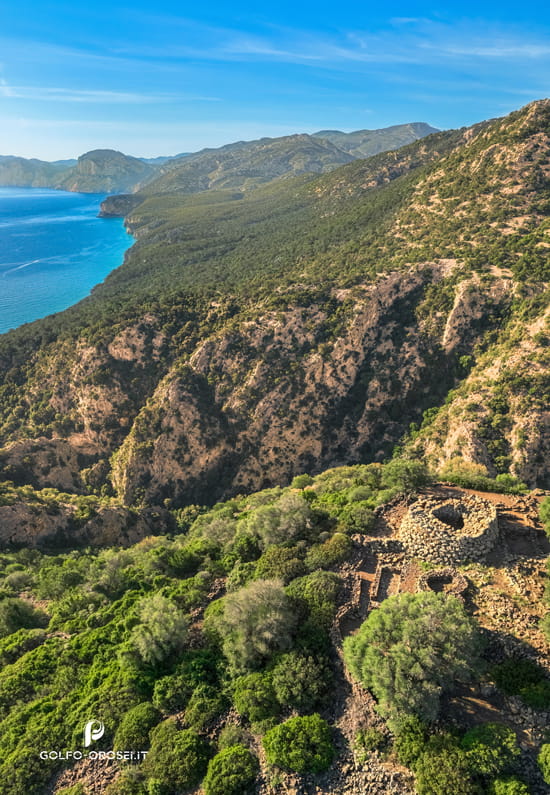
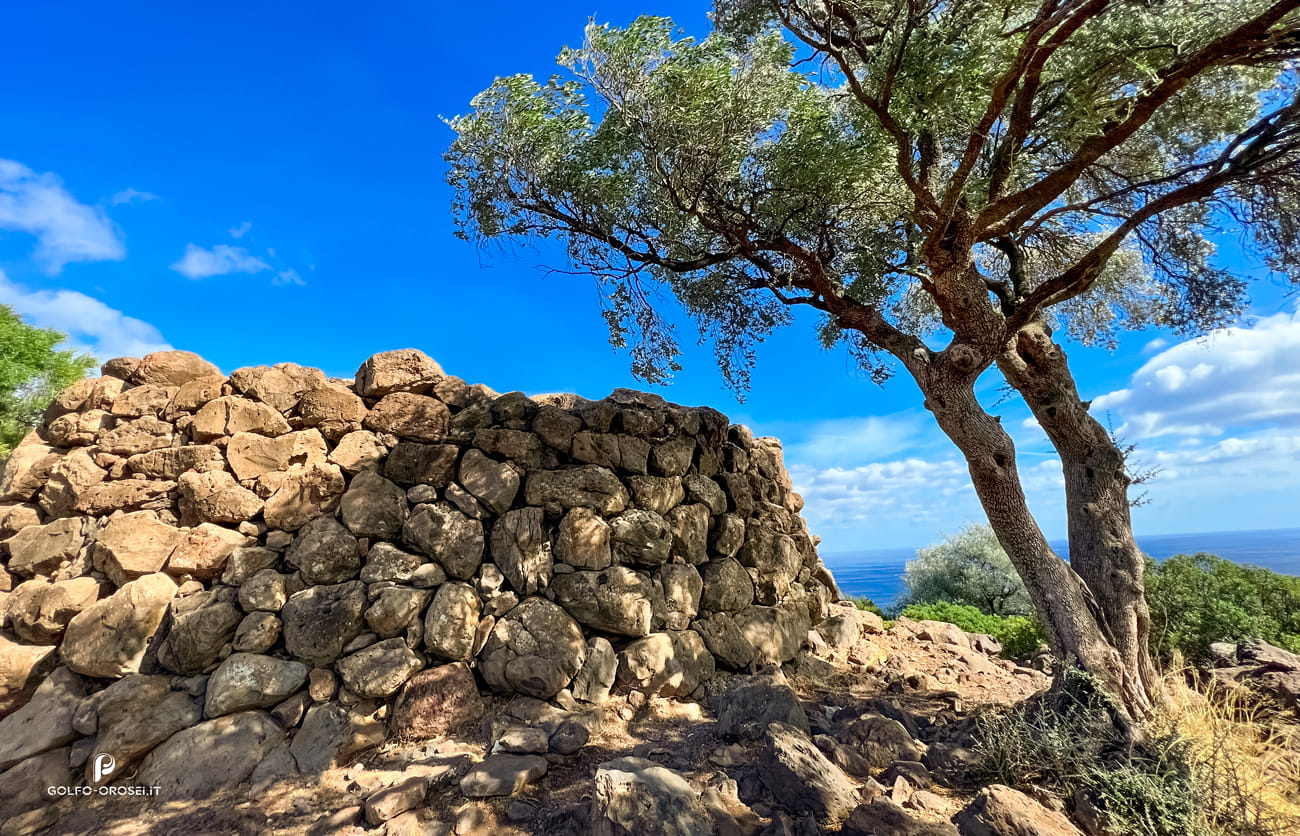
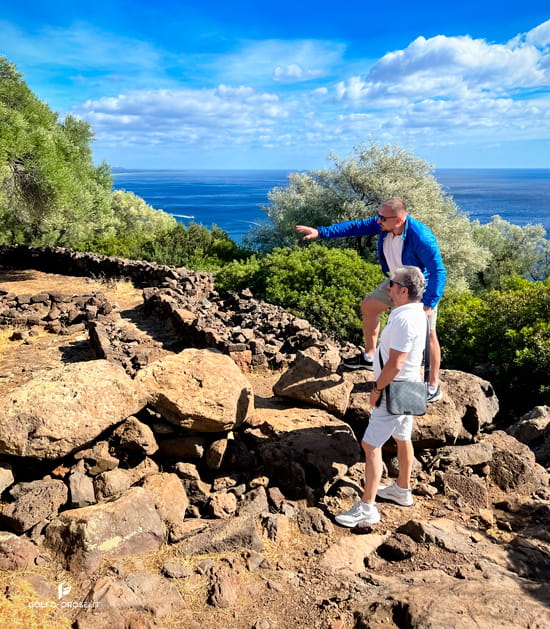
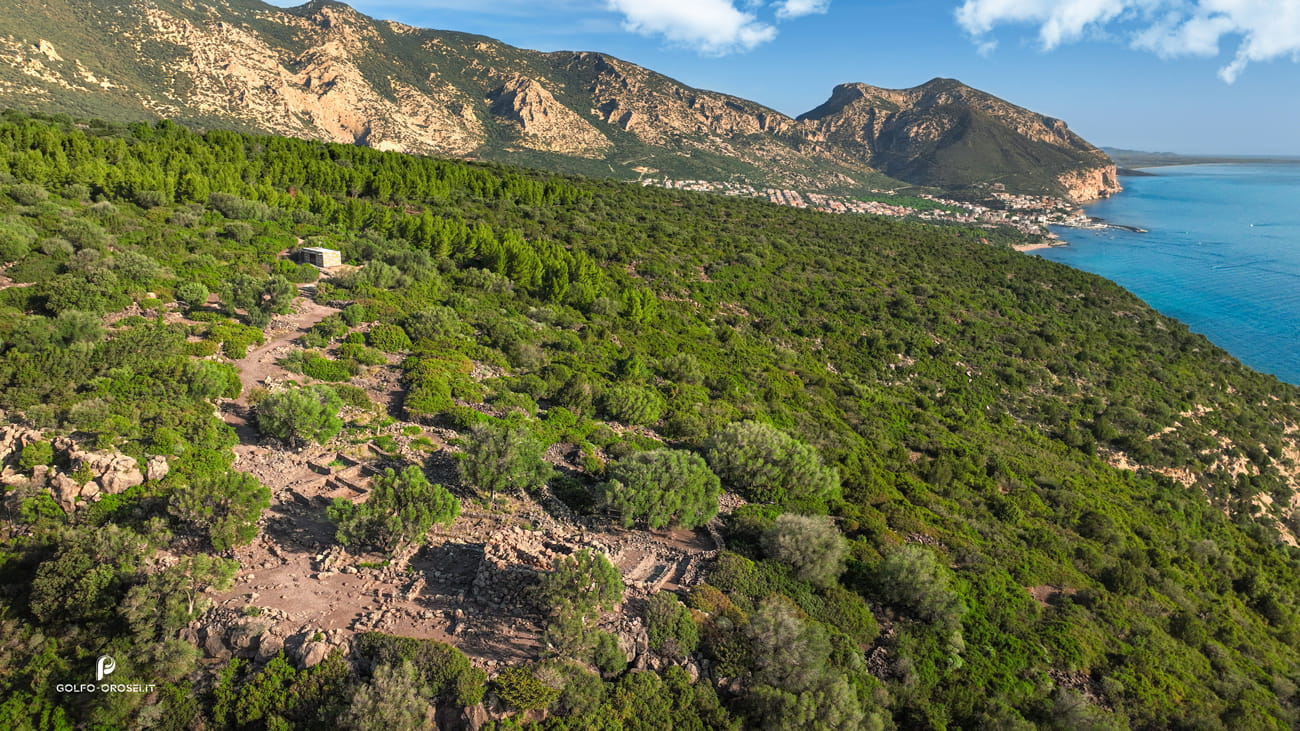
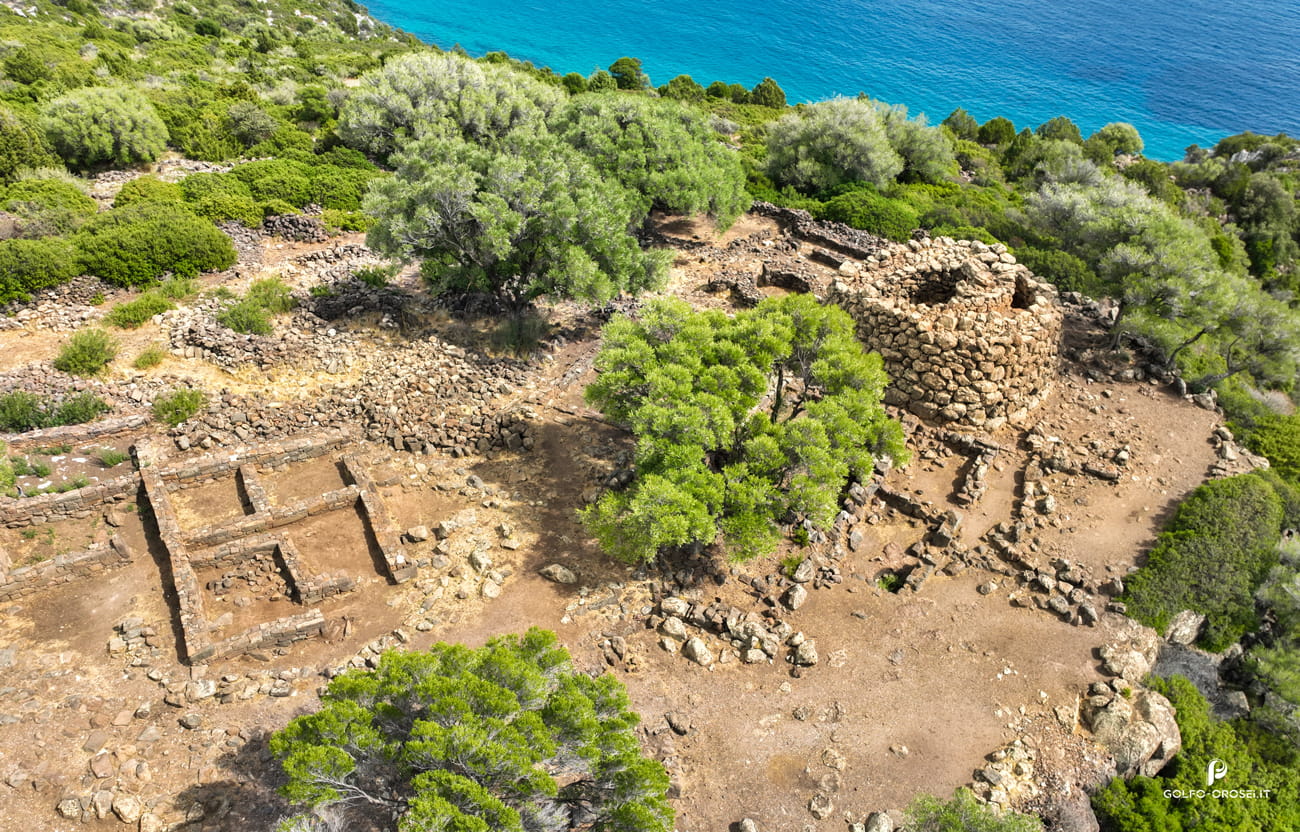
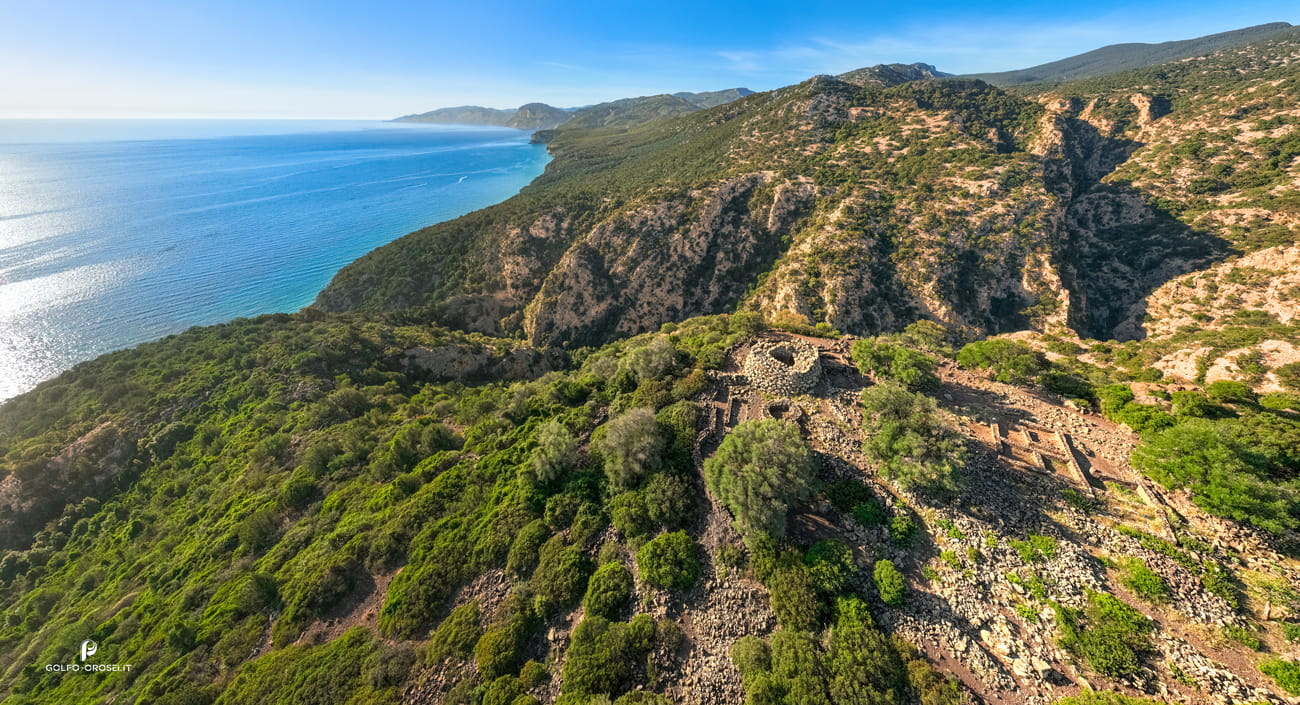
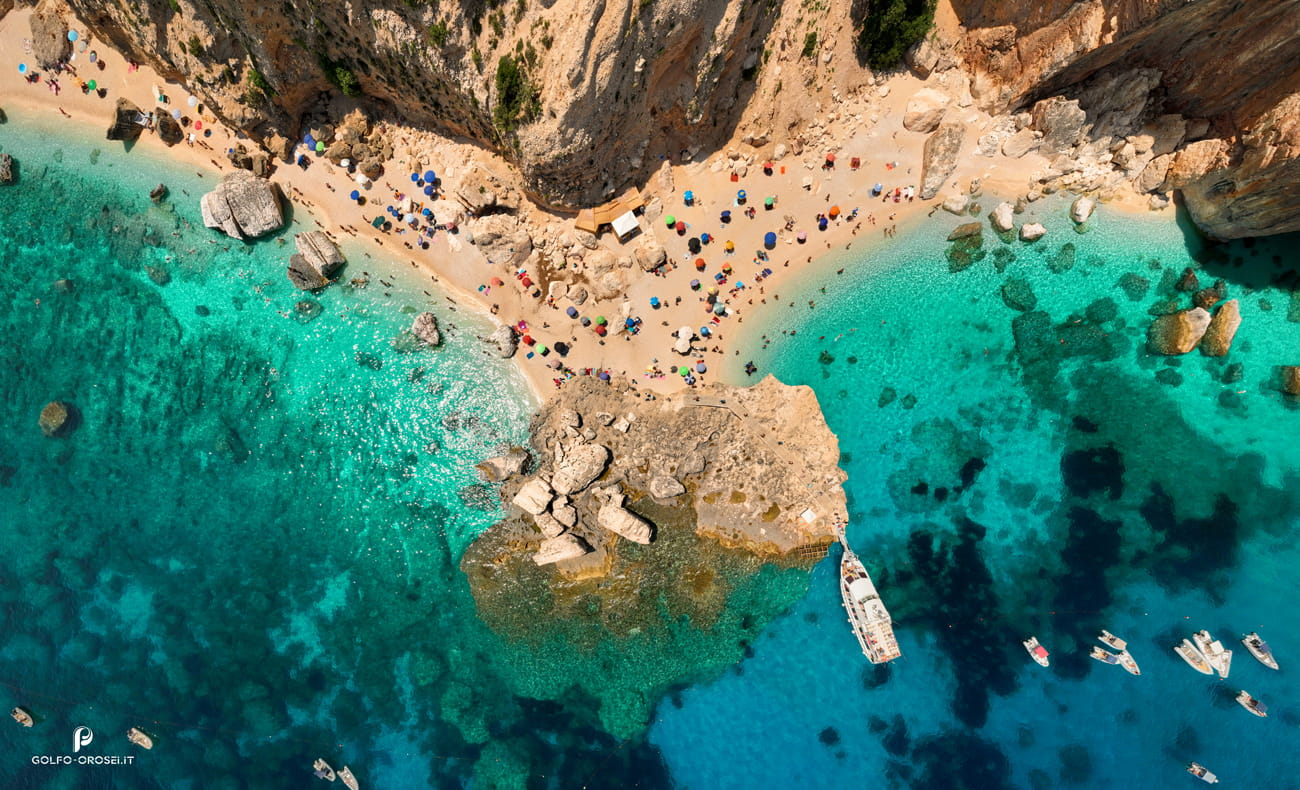
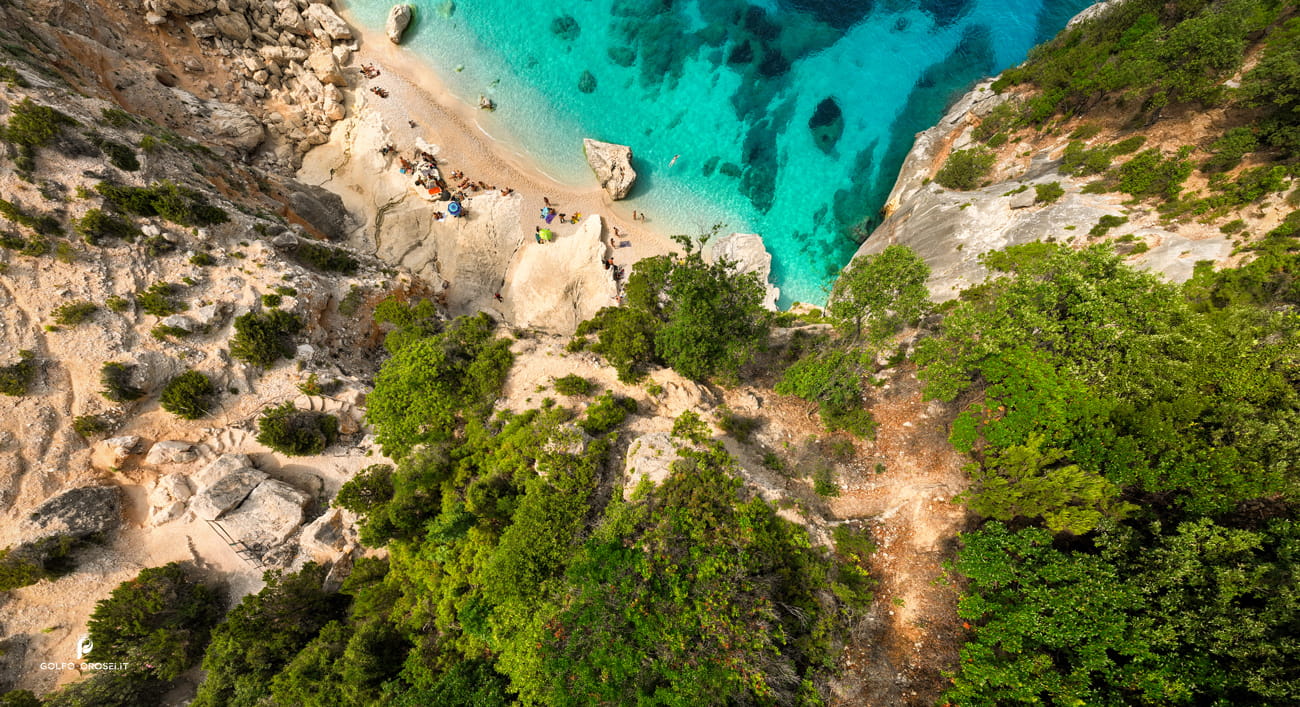

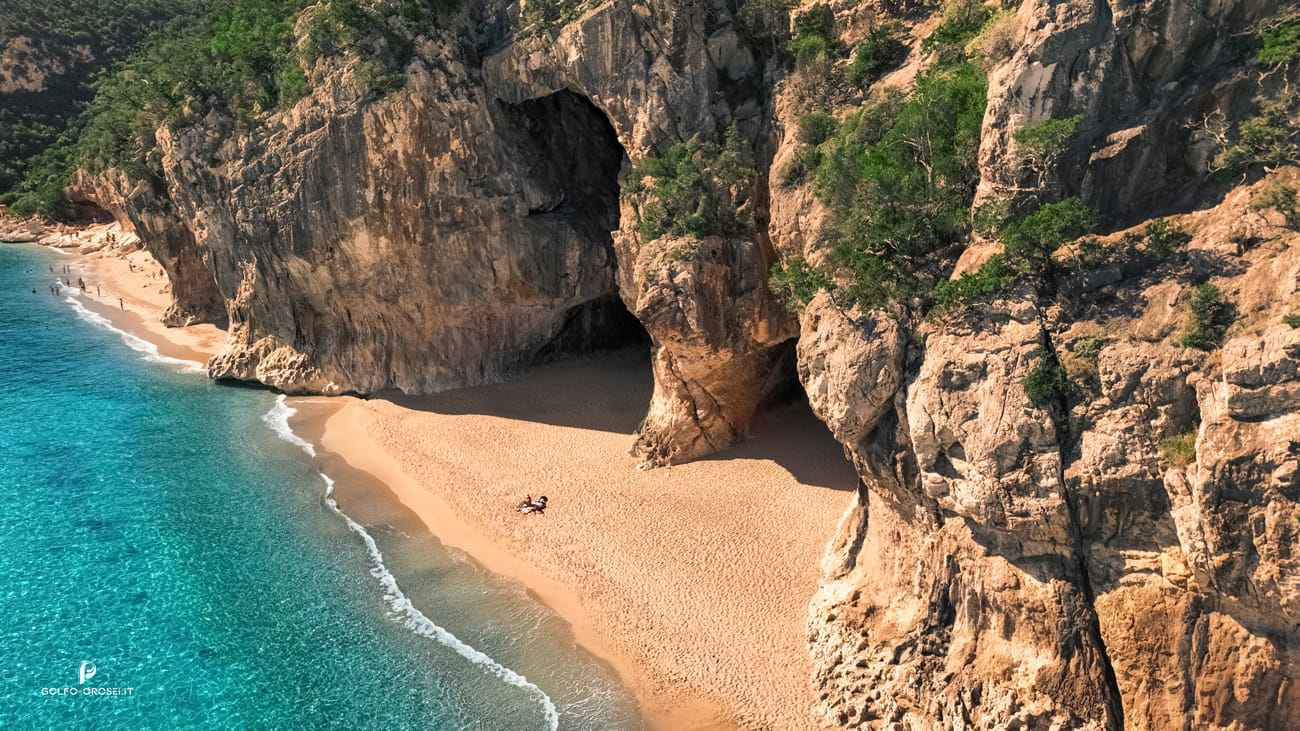

 Coordinate: 40.2765N, 9.6200E
Coordinate: 40.2765N, 9.6200E Access and Route: I arrive by car, so it takes 10‑15 minutes to get there. (easy).
Access and Route: I arrive by car, so it takes 10‑15 minutes to get there. (easy). Best period: April-June and September-October: Ideal climate.
Always check the weather before departure.
Best period: April-June and September-October: Ideal climate.
Always check the weather before departure. Amenities Available: No amenities: no WC or natural shade, but natural shade.
Amenities Available: No amenities: no WC or natural shade, but natural shade.
 Recommended equipment: Comfortable shoes, at least 1 water hat, water hat; torch if you want to explore the interior if allowed.
Recommended equipment: Comfortable shoes, at least 1 water hat, water hat; torch if you want to explore the interior if allowed. Hours and Prices: Access €5. No booking required, but local guides from Dorgali available on request.
Hours and Prices: Access €5. No booking required, but local guides from Dorgali available on request. Use of the Drone: Verificare area on D-Flight.
Use of the Drone: Verificare area on D-Flight.